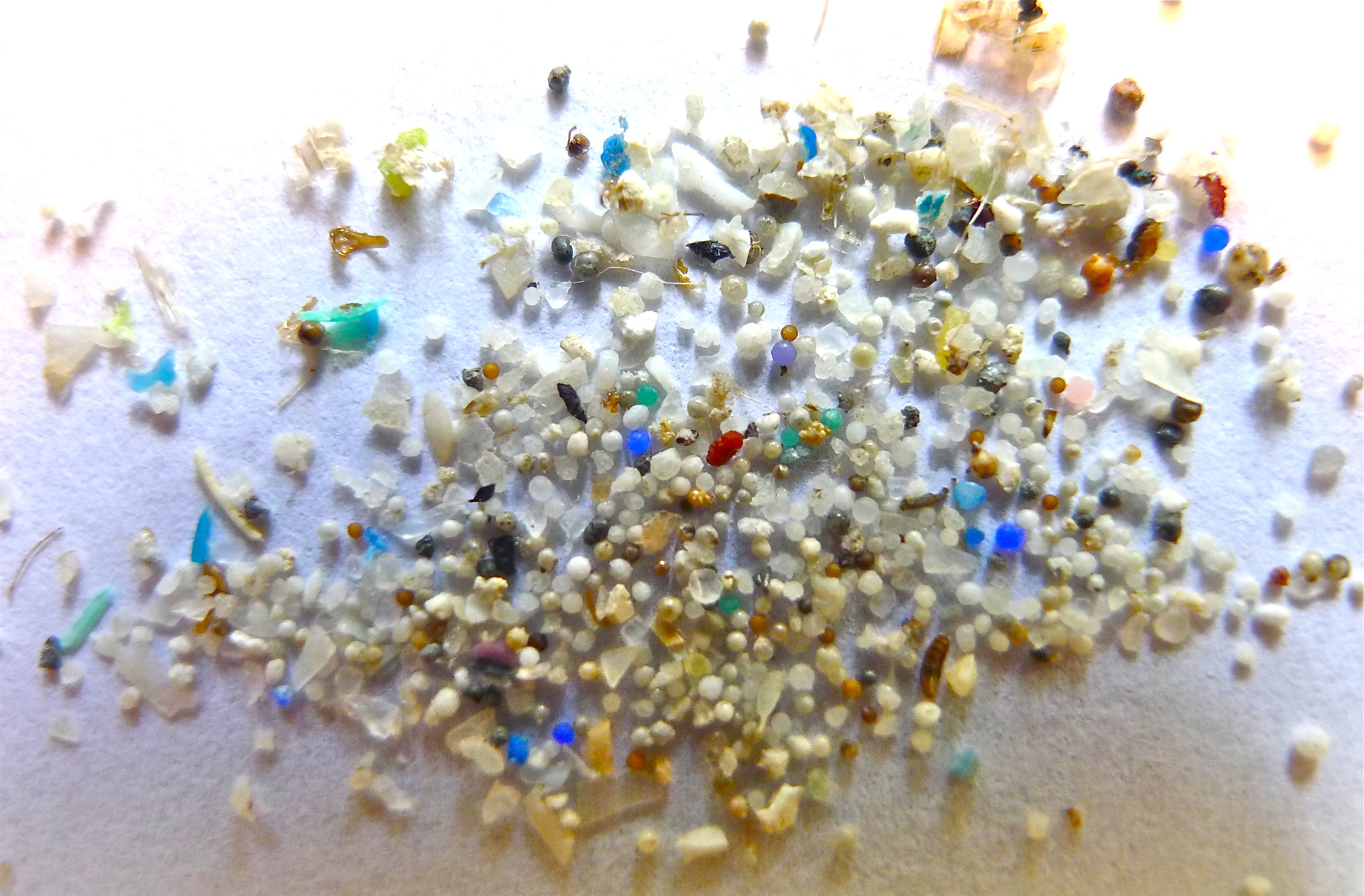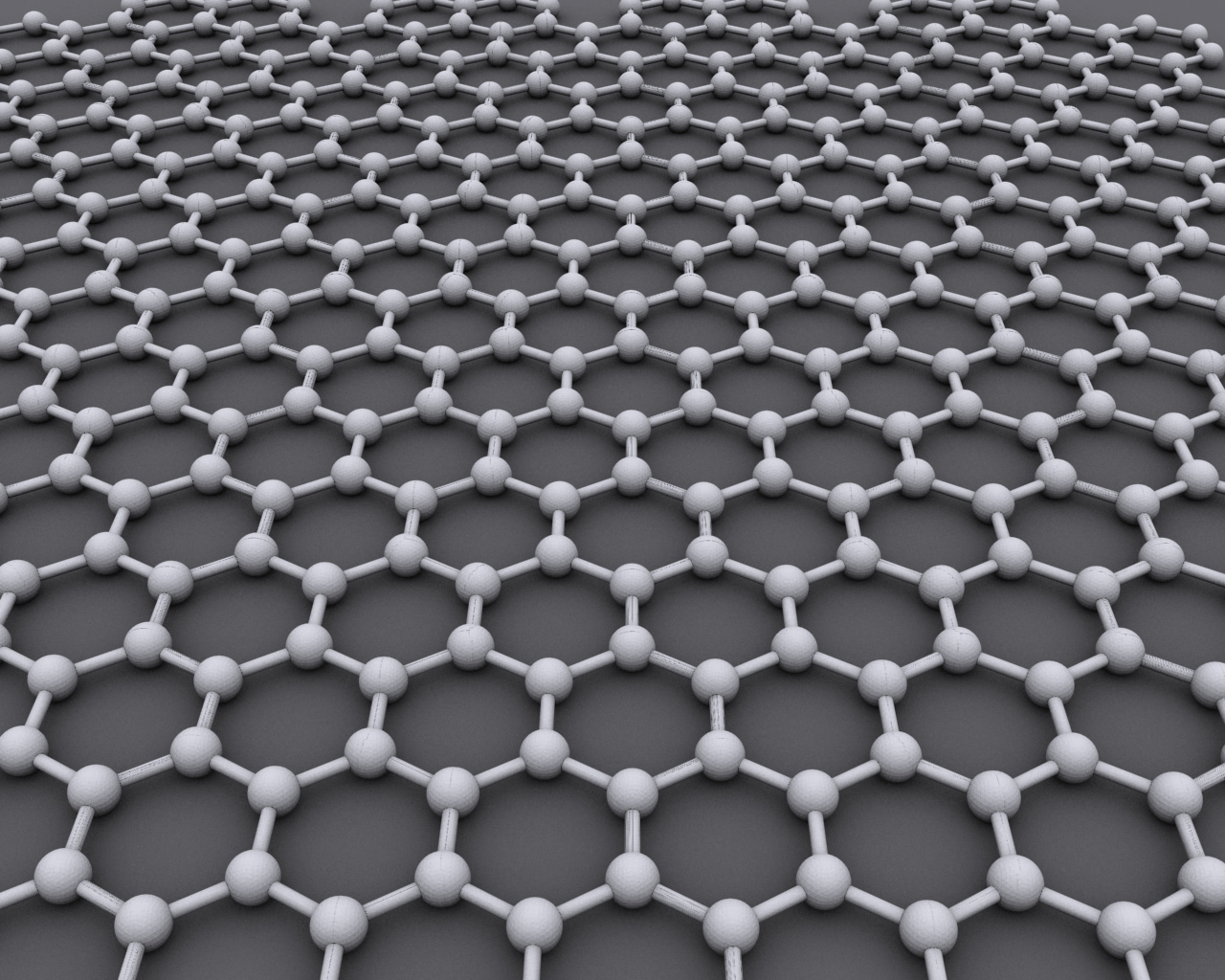Plastic trash can now be recycled into ultra-strong graphene
Plastic decomposition is sped up by the flash Joule heating method
Packaging from the grocery store, lint from our clothing, plastic shopping bags – plastics and microplastics are everywhere, and they’re not going anywhere. In fact, it will take them hundreds of years to decompose in landfills . In order to speed up this decomposition process, scientists from Rice University are transforming these discarded plastics into non-toxic, naturally occurring materials. They're doing this by using a newly developed technique called “flash Joule heating,” to rapidly heat plastic materials to very high temperatures .
Currently, there are a few plastic recycling techniques that are widely used, with differing results. For example, plastic bags are a huge contributor to the plastic waste stream – Waste Management, a trash collection company, estimates that over one billion plastic bags are used each year in the US alone. Even more shockingly, each plastic bag is used for, on average, less than one hour. Currently, the most common way to recycle plastic bags is by compressing them into composite lumber or small pellets, which can be used for building materials . While this is an excellent way to reuse single-use plastic, this plastic still is not biodegradable.
In contrast, the “flash Joule heating” method turns plastic into graphene, which is highly recyclable and very stable. Graphene itself is incredibly strong and stretchy – 200 times stronger than steel. Graphene is a single layer form of graphite, a naturally occurring carbon-based mineral that is commonly found as pencil lead. Typically, graphite is mined and then mechanically processed in order to separate its layers, forming graphene. However, obtaining graphite can be expensive. By directly generating graphene from plastic waste, it is possible to reduce its production cost. Importantly, a reduced production cost can lead to broad implementation of graphene use outside of academic research – with lower production costs, graphene can be added to concrete, rubber, or asphalt to improve strength and performance. Innovations like this will likely make graphene much more widely available for commercial use.

A collection of microplastics
Oregon State University via Flickr
In addition to reducing graphene production costs, using plastic to generate graphene has significant environmental impacts as well. First, high levels of pollution are caused by graphite mining. Generating graphene directly from plastic could disrupt the graphite supply chain, thereby decreasing mining activity and reducing pollution caused by mining. Second, this graphene production technique has the capability to transform landfills by reducing plastic waste. While graphene biodegradability is still being studied, research suggests that graphene can be broken down within a few months, which is much faster than other common plastics. Ultimately, direct laboratory production of graphene has the potential to make a huge environmental impact.
Flash joule heating is actually a fairly simple process that involves running a large current through plastic materials. Joule heating is a commonly used heating technique. If you've used an iron, you've seen Joule heating in action. When a current is passed through a conductive material, like the metal of an iron, it quickly generates heat. Flash joule heating just means that, rather than building up heat over time, a large initial current is passed through the material, which causes an intense burst of heat. In the case of plastic waste, with the right conditions, this intense heat can actually cause chemical transformations.

A microscope picture of hexagon-shaped graphene arranged in a clover formation
IBM Research via Flickr
In order to transform plastic to graphene, there are some crucial intermediate steps. First, the plastic waste must be cut into small enough pieces to conduct electricity. Large sheets of plastic are typically resistive, meaning that they cannot conduct electricity. However, by cutting the plastic waste to an optimal size, it becomes conductive. After this initial processing, an extremely high current is applied to the plastic, heating it very quickly. This burst of heat chemically transforms the plastic, producing both a lower-quality graphene and some hydrogen and hydrocarbons. The low-quality graphene can then be flashed, or rapidly heated again, resulting in a high-quality graphene.
The first author on the paper, Wala Algozeeb, explains that it was initially a challenge to obtain high quality graphene from the plastic waste. She says, “It was challenging to get high quality graphene from plastic waste in the beginning of our journey because of the [quantity] of volatiles that evolve upon flashing. We are fortunate to have a great team that thought of using two types of current (AC + DC) to improve the quality.”
To produce high quality graphene, the current sent through the samples had to be optimized. The best graphene was made by using a combination of alternating and direct current. First, an alternating current, where the direction of electric current periodically switches, is applied to the plastics for eight seconds. Alternating current allows the plastic to reach high enough initial temperatures to form graphene and facilitates rapid cooling in between pulses. The rapid cooling step, which is unique to alternating current, prevents the newly-formed graphene from stacking into layers. However, this alternating current generates an initial, low-purity graphene.
At this point, a direct current can be applied for 500 milliseconds, a much shorter period of time. This direct current pulse reaches an even higher temperature than the alternating current step, which is necessary to form high-quality graphene. This study is the first example of using flash Joule heating on waste plastics. The authors had previously studied heating on different research-grade carbon materials, but applying their method to plastic required significant optimization of their system.
In addition to optimizing the currents, another challenge was determining what size to break the plastic into. In order to heat the sample, current needs to be able to run through the entire sample, not just one part of it. When the pieces of plastic were too large (larger than 2mm), the plastic powder was not conductive enough to flash. However, in contrast, when the pieces of plastic were smaller than 50 microns (1/20th of a millimeter), they just fell out of the flashing chamber. In order to solve this problem, the researchers tested a range of plastic grain sizes. After this testing, they found that plastic powders with a particle size between 1 and 2 mm was ideal for this process.

A sheet of graphene
CORE-materials via Flickr
Universal Matter, a startup company from this research group, is working on developing flash joule heating for plastic waste recycling on an industrial scale. This technique has a few major advantages over common plastic recycling techniques. One perk is that flash joule heating does not require any chemical pretreatment of the plastic materials, meaning that plastics can simply be broken up into small pieces and heated without the use of any additional harsh chemicals. Additionally, directly applying a current to the sample produces very similar results to using a furnace, but is more energy-efficient because it does not require high heating to an outside environment. Scientists estimate that this technique would cost only $124 to convert a ton of plastic waste into graphene. Curbside recycling programs can cost up to $150 per ton, with huge amounts of plastic ending up in landfills anyway. In addition to having a comparable cost, the development of alternative recycling techniques like this could be huge in terms of diverting plastic waste from landfills.
The researchers suggest that their strategy for converting plastics into graphite will be able to be widely implemented in factories and recycling plants. Algozeeb says “We think the future of flash graphene is big, especially in [the] waste management area. Given how affordable our graphene is, we think it will be used as an additive in cement, polymers and asphalt roads."
Market reports predict that the graphene market will increase by up to 40% in the next five years. Combined with the increased amount of trash generated in the US (approximately 35 million tons of plastic in 2018), developments like this one seem primed to move out of the lab into the real world. In the meantime, you can help fight plastic waste by making one small but significant change in your life: bring your own reusable fabric bag to the store with you.